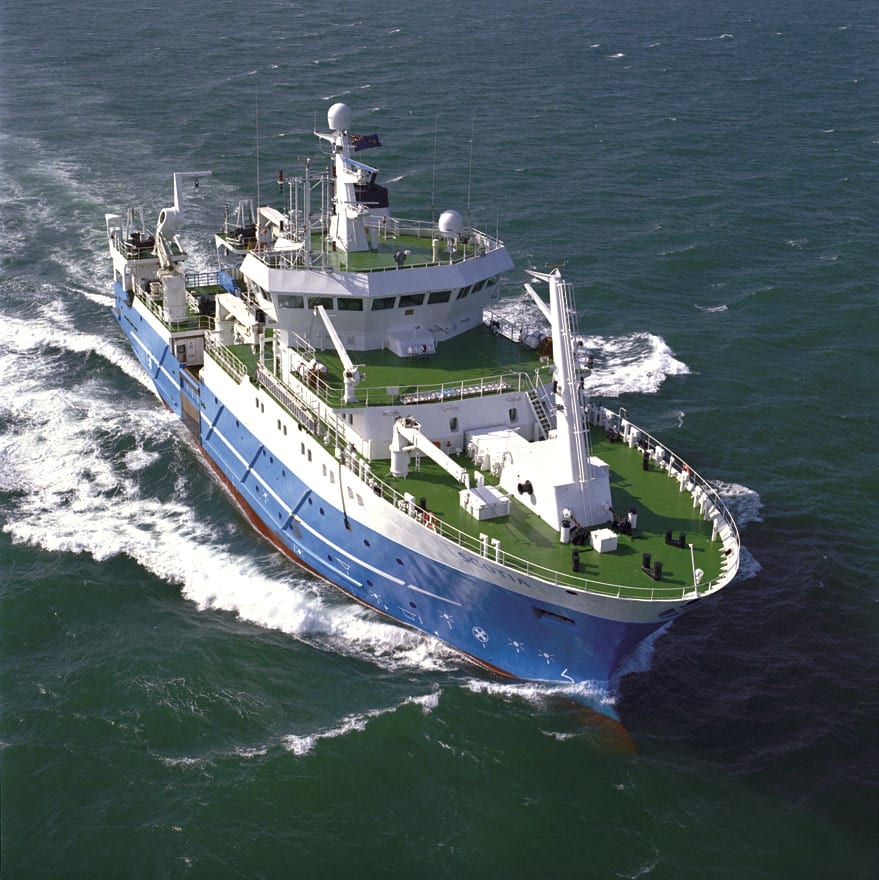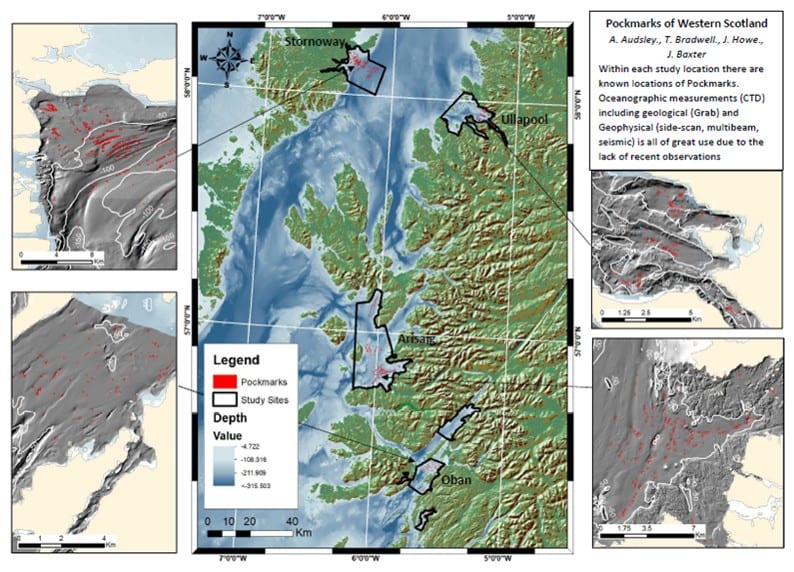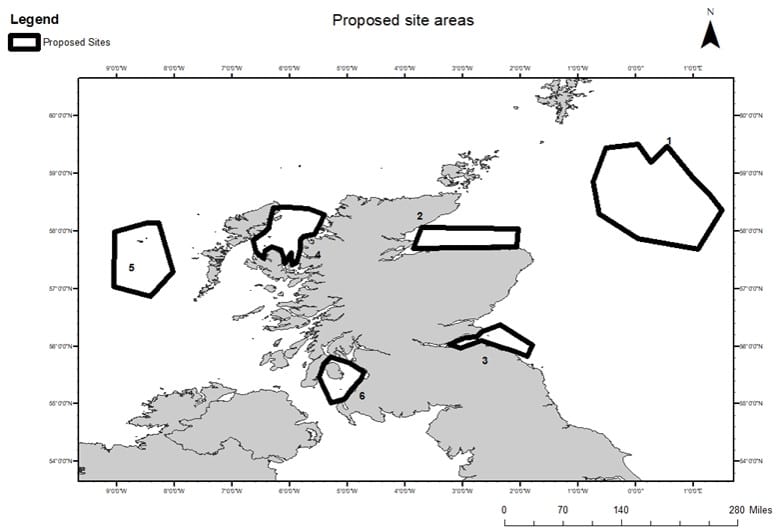Marine
Blue Carbon in the Marine Ecosystem
July 23, 2019 by Marine Directorate Communications No Comments | Category Blue Carbon, Marine Directorate general, Marine Directorate Science, Marine Directorate Surveys, Research Vessel Surveys
MRV Scotia
Survey: 1019S Programme
Duration: 22-31 July 2019
Objectives:
- Sediment sampling in the Moray Firth (grabs and cores).
- Sediment sampling along transect from Moray Firth to Fladen Ground (grabs and cores).
- Sediment sampling on the Fladen Ground (grabs and cores).
- Sediment sampling along transect from Fladen to Pentland Firth (grabs and cores).
- Gravity coring in Loch Eriboll.
- Sediment sampling in North Minch and Sound of Sleat (grabs and cores).
- Sediment sampling in sea lochs east of Skye (Lochs Nevis, Hourn and Alsh).
- Water sampling at each grab/core station and on transit (surface and bottom).
Procedure:
This survey will carry out research affiliated to Scotland’s Blue Carbon Forum, a research area with significant ministerial support and referenced in the 2017-18 Programme for Government. The current focus revolves around measuring the ability for various habitats to sequester carbon, understand how it is stored for the long term, and builds an evidence base on the effects that human activities may have on these processes.
The majority of the work is seabed sediment sampling using grabs and cores, in various habitats and regimes of anthropogenic disturbance (e.g. fishing grounds, sea lochs).
Once the vessel has departed Aberdeen and, after all vessel drills have been completed, the vessel will head for the first sampling location in the Moray Firth.
The order in which each sampling location will be collected will be agreed each day with the Captain, Fishing Master, and Scientist-in-Charge (SiC).
Sampling will be undertaken as per the objectives above and as weather dictates.
Pockmarks – University of Stirling. Regions in North Minch and south of Skye are in range of this survey.
(Pockmarks represent an important marker for sites of blue carbon and act as gateways for it to re-enter the carbon cycle. More information about Pockmarks can be found on this blog.)
Further Information:
- Blue Carbon Topic Sheet
- Blue Carbon Forum
- Blue Carbon Blogs
- Programme for Government for 2017-18
- Programme for Government for 2018-19
Tags: blue carbon, Blue Carbon Forum, Loch Eriboll, Moray Firth, MRV Scotia, North Minch, Pentland Firth, Pockmarks, Programme for Government, research, sampling, science, Sediment sampling, Skye, Sound of Sleat, Survey, University of Stirling, water sampling





Leave a comment